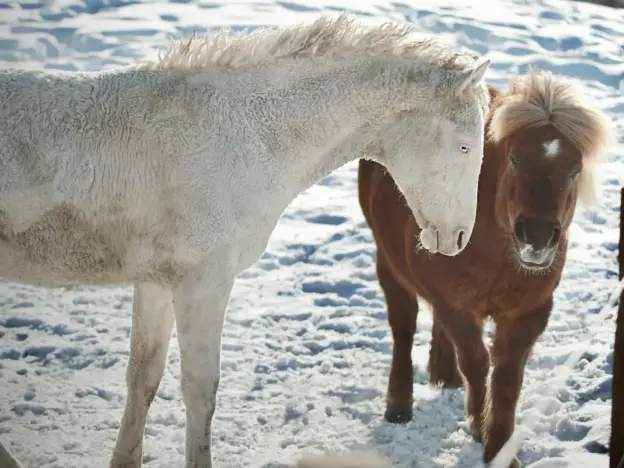Intro
Curly horses are found across the planet and known for their curly coat. Their uniqueness doesn’t end their, their curls are also hypo allergenic, which means those with allergies to equines can ride them sneeze-free.
Origins
Like the origins of the Curly Horse are shrouded in mystery, especially their existence in North America, as their roots have to come from across an Ocean. Believe it or not there are two genetically different kinds of curly coat Missouri Fox Trotters. One is a recessive curly gene, the other is a dominant curly gene.
Recessive
The recessive gene for curly coat is carried in some Fox Trotter bloodlines. Genes work in pairs with one gene coming from each parent. It takes two normal haired curly gene carriers to create a curly foal or a curly horse and another animal carrying a recessive gene. Recessive curls have curlier coats in the winter and shed their mane and tail hair entirely in the summertime, although they keep their curly body coat.
Dominant
Horses that are curly because of a dominant gene can produce curly foals, even when bred to normal straight haired horses. Dominant gene curly horses have a winter coat which ranges from wavy to very curly. In the summer they shed their coat until they have a shiny smooth, or a slightly wavy body coat, but keep their mane and tail year round.
Features
Average height 14.2 – 16.2 hands
Well-proportioned and well-balanced
Physique
Stallions display masculinity
Mares display femininity
High head carriage
Overall desirable conformation
Traditional Colors
black | chestnut | bay | roan | pinto | palomino, cremello and buckskin
Temperament
Gentle and docile manner
Friendly and willing
Use
Riding horse
Ranch horse
Pleasure horse
Helpful Links
* all links open in a new window
Where to Buy
Zion’s Gate Curlies
Lakeview Curly Missouri Fox Trotters
Curly Fox Trotter Studs
Zion’s Gate Curlies
Lakeview Curly Missouri Fox Trotters
